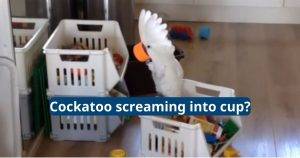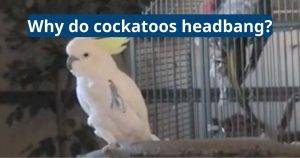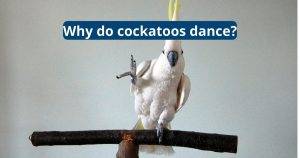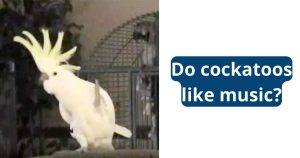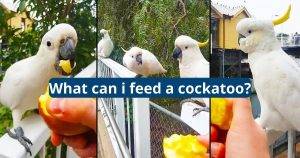Blue Headed Mini Macaw
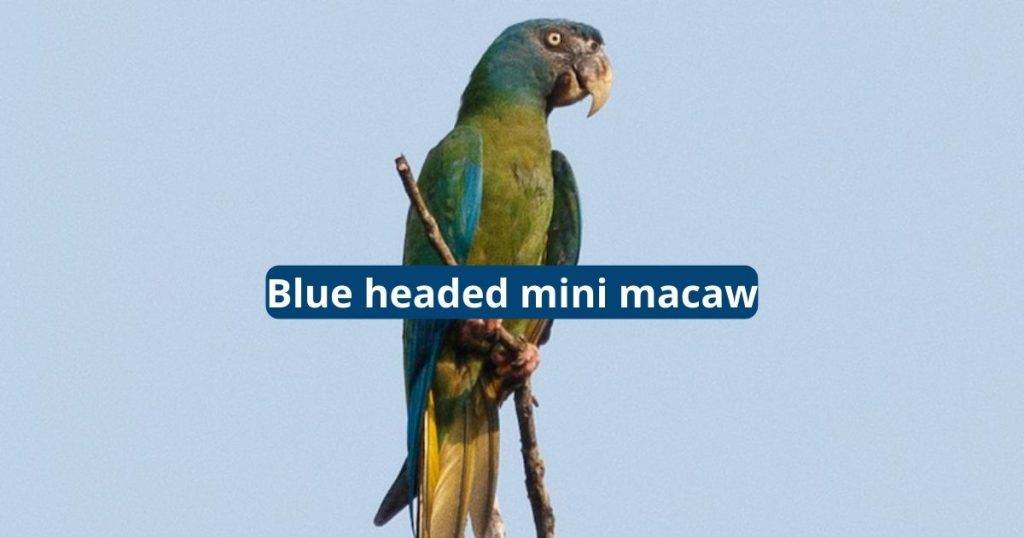
Blue headed macaw is one of the most popular birds to keep as a pet. It has stunning colors and personality in a smaller package. The bird is 16 inches long and has a mainly green plumage with a tinge of olive, particularly below. The head and flight feathers are blue, and the upper tail has a maroon base with a narrow green center and blue tips.
Size
Macaws are among the world’s largest parrot species. A blue-headed macaw (Primolius couloni) can reach a length of 16 inches. It is a member of the macaw family and, like all members of the family, it is classified as a threatened species in the wild.
This bird is found in eastern Peru except in the north, northwestern Bolivia (mainly Pando) and far western Brazil. It is often seen in pairs and small flocks. It feeds on fruits, seeds and nuts.
Baby blue headed macaws have black eyes that will change to yellow and red as they mature. The wings are blue and the tail is green.
These macaws breed fairly well in captivity and will thrive in a spacious cage. They require a cage suspended 3-4 feet off the ground. Ideally, this type of macaw should also be given access to a large outdoor area. Macaws will chew through weak wires, so a sturdy cage is necessary.

Habitat
Blue headed macaws are primarily found in quiet places like river edges in forest. They are social birds and are usually seen in pairs when breeding and sometimes in small family groups of 4 or more. They also converge at their favorite foraging spots in the forest.
The blue headed macaw can live up to 50 years in captivity and is fairly easy to breed in captivity. They will eat a variety of seeds, fruits, and nuts. They also love to chew and should be provided with toys, wooden blocks, and branches from non-toxic trees. They need a large cage that can accommodate two perches.
The Blue-headed Macaw is a species that requires a lot of attention to keep healthy. Its lifespan can be extended with proper care and routine veterinary checkups. They can be purchased from a specialized pet store or through bird adoption agencies. The price for these birds varies depending on the condition, age, and appearance of the bird.

Feeding
Blue-headed macaws are small green birds with a distinctive blue head, wings and tail feathers. They live in tropical foothill habitats in western Peru, eastern Brazil and northwestern Bolivia. These birds mate annually.
They eat seeds, fruits and nuts in the wild. They also visit clay licks for minerals. In captivity, they should be fed a high-quality parrot mix with sunflower seeds, safflower seeds, various millets and oats*. Add dried rowan berries and plenty of fresh fruit, vegetables and green food. They should have a calcium supplement, especially before and during breeding season.
These birds are highly social and enjoy human interaction. They will form a strong bond with their owners. They communicate with screeches and squawks and may nod their heads to show appreciation for music.

Care
In the wild, blue headed macaws live in wooded areas of Venezuela and Brazil. They eat seeds, fruits, and berries. These birds are solitary, so they don’t usually hang out in flocks. In captivity, blue headed macaws can live together in groups. However, if you want to breed them, they should be kept separate from each other because males and females are able to tell each other apart by the color of their eyes and bill.
These birds can be long-lived, so they require a significant commitment of time and space to ensure their health and happiness. They require a large cage, environmental enrichment, and regular outside playtime for exercise and to prevent boredom.
It’s important to visit an avian veterinarian for routine exams every six months. These veterinarians can check for bacterial or parasitic infections and vaccinate against common diseases. They can also trim your bird’s wings and nails. It’s important to report any changes in your bird’s droppings, breathing, eating, or head appearance and shape.

